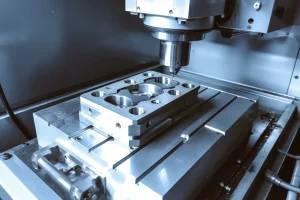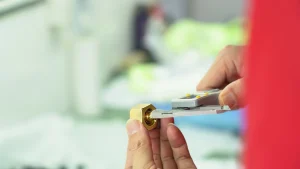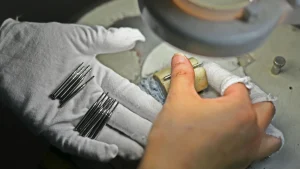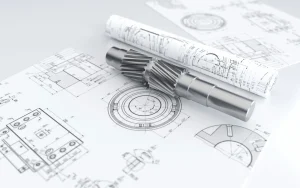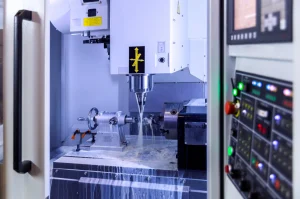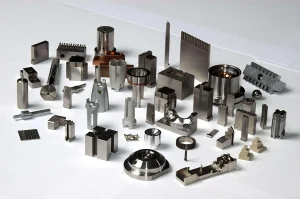Aluminum alloy processing technology refers to the use of a series of mechanical and chemical methods to shape metal materials into parts or components with certain shapes, sizes and functional requirements. Aluminum alloy is a very common material with advantages such as light weight, high strength, corrosion resistance and wear resistance. Aluminum alloy processing technology is indispensable.
If you want to customize an aluminum alloy shell, you have the finished product imagination effect, but which process should you choose to achieve the shell image in your mind? Today, I will introduce to you the commonly used aluminum alloy processing technology.
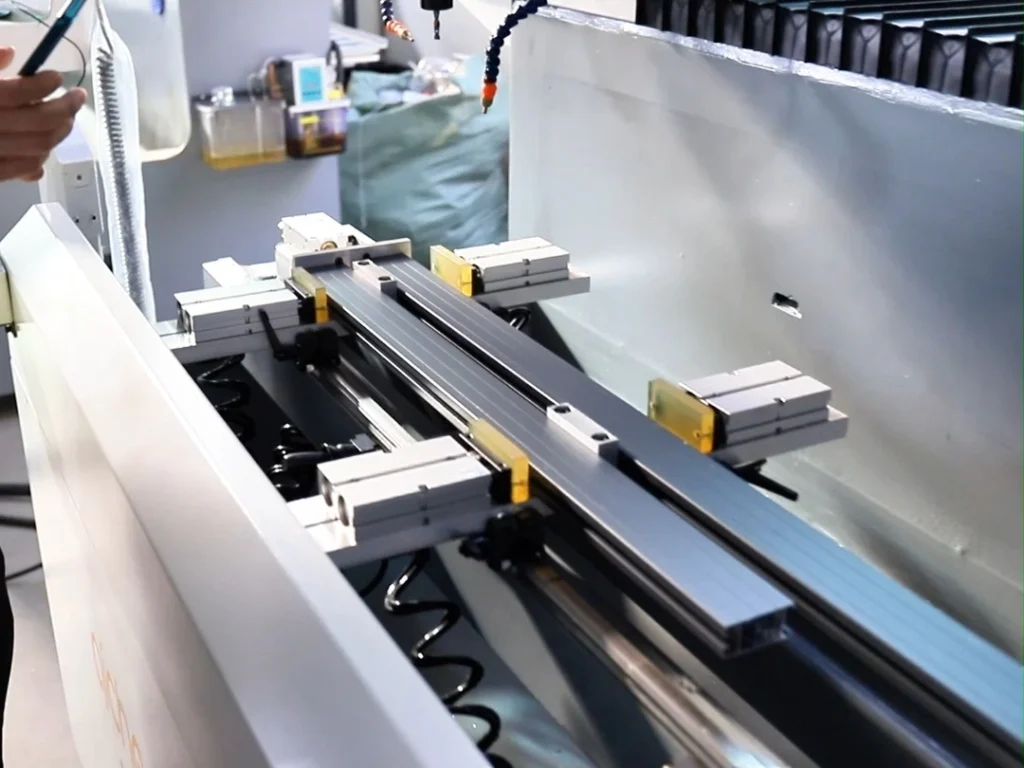
Laser cutting
Use a high-power density laser beam to irradiate the material to be cut, so that the material is quickly heated to the vaporization temperature, evaporated to form holes, and as the beam moves on the material, the holes continuously form a very narrow (such as about 0.1mm) slit to complete the cutting of the material.
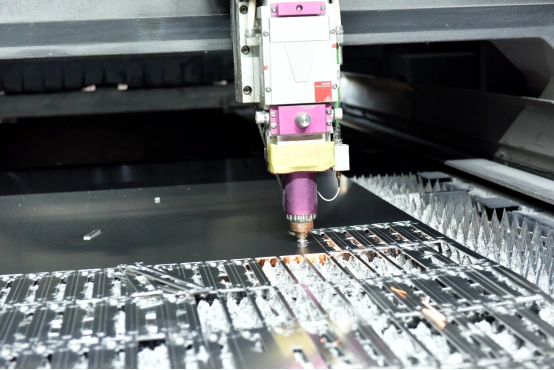
Benefits:
1. Stress-free cutting: The laser cutting machine does not require other tools to process metal. It can remove microscopic cracks and stress marks that will weaken a piece of metal sheet.
2. Very tight cutting: Since laser cutting is stress-free, metal shapes can be cut very tightly. Creating metal cuts becomes practical and more metal shapes can be formed from a single sheet.
3. Smooth cutting edges: Lasers can cut sheet metal forms that leave smooth and shiny surfaces. It reduces the risk of leaving sharp or burrs.
4. Minimum tool wear: The laser cutting machine has no physical contact with the workpiece. It causes less wear on the laser cutting machine than bending equipment or bending machines. The service life of the laser cutting machine is extended and maintenance costs are reduced.
5. Reduce the need for secondary operations: Due to its smooth cutting, the need for secondary operations to remove sharp edges and burrs is reduced. It increases manufacturing speed. You can make more parts in a day.
Bending
Under the pressure of the upper or lower die of the bending machine, the metal sheet first undergoes elastic deformation and then enters plastic deformation. At the beginning of plastic bending, the sheet is free to bend. As the upper or lower die presses the sheet, the sheet gradually closes to the inner surface of the V-groove of the lower die, and the radius of curvature and the bending force arm gradually decrease. Continue to pressurize until the stroke ends, so that the upper and lower dies and the sheet are in full contact at three points, and a V-shaped bend is completed at this time.
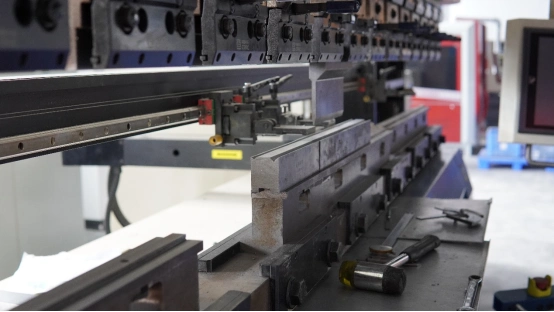
Benefits:
1. Improve material flexibility and increase the application range of materials.
2. Meet the needs of different shapes and sizes, making manufacturing costs lower.
Stamping
Stamping is a forming method that uses a press and a die to apply external force to plates, strips, pipes and profiles to cause plastic deformation or separation, thereby obtaining a workpiece (stamping part) of the required shape and size.

Benefits:
1. Simple operation and easy to organize production. Under mass production conditions, the cost of stamping parts is low. Stamping processing can obtain parts with high strength, high rigidity and light weight without much cost.
2. Under simple stamping of the press, various parts and products with complex shapes that are difficult to process with other processing techniques can be obtained.
3. Stamped parts generally do not require further machining. It has high dimensional accuracy. If certain special measures are taken, the dimensional accuracy can be improved. Since most stamping parts are made of sheet materials, their surface quality is good, which provides convenient conditions for subsequent surface treatment processes (such as electroplating, painting, etc.).
4. It has good interchangeability. The stamping process has good stability, and the same batch of stamping parts can be interchanged and used without affecting assembly and product performance.
CNC
Use the automatic control system to install digital program commands to control the automatic start and stop, reversing and speed change of CNC machine tools. You can select CNC blades and change the cutting amount and walking trajectory according to the CNC blades to complete various auxiliary actions required in the lifetime processing.

Benefits:
1. It can greatly reduce the number of tooling, and produce and process parts with complex styles, just need to change the processing program.
2. The processing is relatively stable, and there will be no deviation in manual processing, resulting in different aluminum alloys, or even defective products.
3. The machine can produce complex aluminum parts, and even produce and process parts. It can also produce a variety of varieties, with high production efficiency, saving labor costs, and can achieve diverse and large-scale production at the same time.
Wire drawing
Surface wire drawing is a surface treatment method that forms lines on the surface of the workpiece by grinding the product to achieve a decorative effect. Because the surface wire drawing can reflect the texture of metal materials, it has been loved by more and more users and has been widely used.
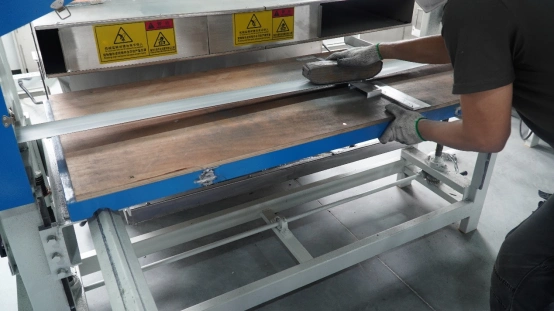
Benefits:
1. Strong metallic feel: The surface hardness of the anodized Thai aluminum brushed metal is high, the scratch resistance is good, the surface is not covered with paint, the original metallic color of the metal brushed is retained, the modern metallic feel is highlighted, and the grade and added value of the metal brushed products are improved.
2. Good processability: The metal brushed wire has strong decorative properties, moderate hardness, and can be easily bent and formed. Relevant companies perform continuous high-speed stamping on the metal brushed wire and directly process it into products without the need for complex surface treatment, which greatly shortens the product production cycle and reduces the product production cost.
3. Good weather resistance: The metal brushed process will not change color, corrode, oxidize, or rust when used indoors for a long time. The metal brushed process can also be used outdoors and will not change color even if exposed to sunlight for a long time.
Anodizing
Electrochemical oxidation of metals or alloys. The process in which aluminum and its alloys form an oxide film on aluminum products (anodes) under the action of an external current in the corresponding electrolyte and specific process conditions.
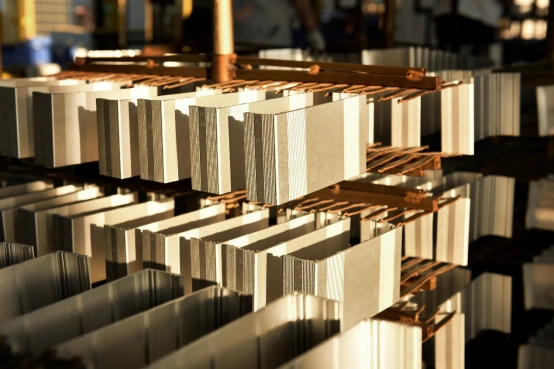
Benefits:
1. Increase aesthetics: The oxide film on the surface of aluminum can change the appearance color and glossiness of aluminum to a certain extent, thereby increasing the aesthetics and decorative effect of aluminum.
2. Increase insulation: The oxide film has certain insulation properties, which can effectively prevent the electrochemical reaction of aluminum when it comes into contact with other metal materials or electrolytes, thereby improving the safety of aluminum.
3. Anti-corrosion: The oxide film on the surface of aluminum can improve the corrosion resistance of aluminum to a certain extent. The oxide film is an oxide layer with good sealing properties, which can effectively isolate the erosion of external oxygen and moisture, thereby extending the service life of aluminum.
4. Increase hardness: After anodizing, the hardness of the oxide film is generally between 200-500HV, which is much higher than that of untreated aluminum. This increase in hardness can effectively improve the wear resistance and scratch resistance of aluminum.

